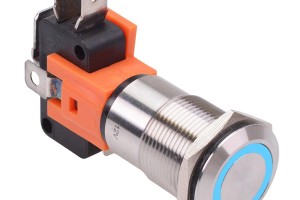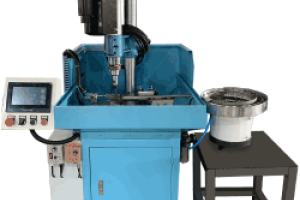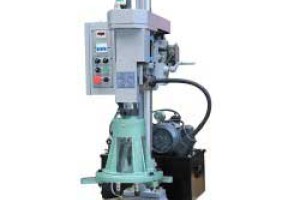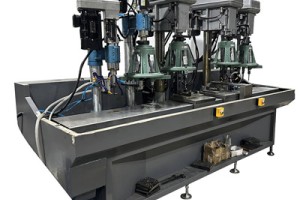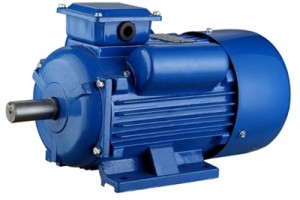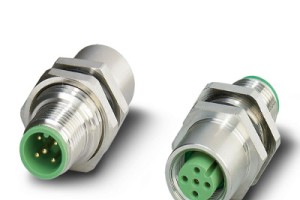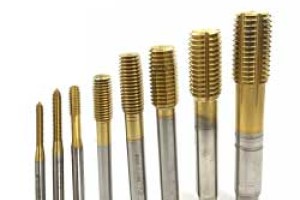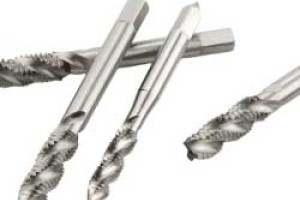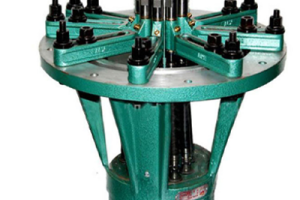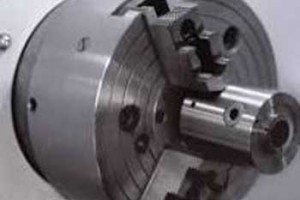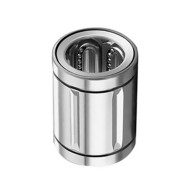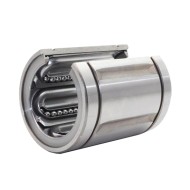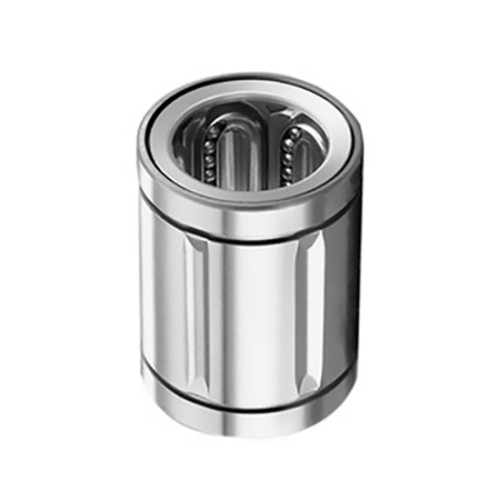
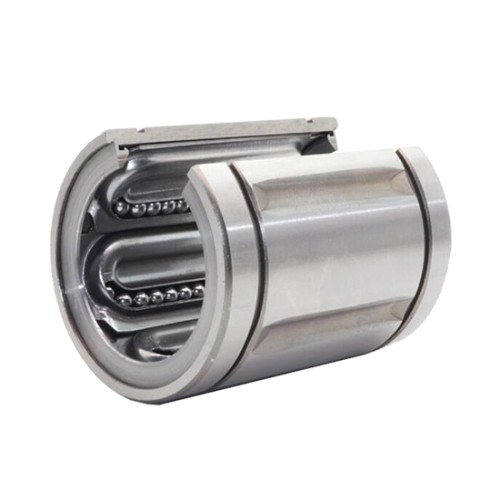
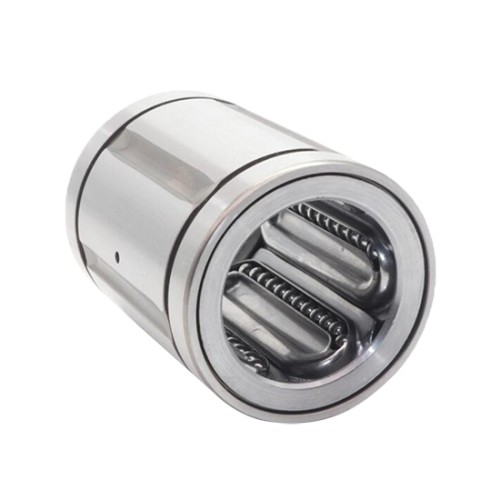



- Stock: In Stock
- Model: SCJ009739
- SKU: SCJ009739
Available Options
Ask a Question About This Product
- Description
SDM25GA 25mm Linear Ball Bushing
Brief
Description
Linear ball bushings with 25mm bore size and 6 ball circuits are for sale. They are constructed hardened steel outer housings, resin cages, steel races and chrome steel balls, delivering remarkable sturdiness and accuracy.
Specifications

| Nominal shaft diameter | Resin retainer | Major dimensions and tolerance | ||||||||||
| SDM | Ball circuit | Weight | SDM...AJ | Ball circuit | Weight | SDM...OP | Ball circuit | Weight | dr | Tolerance | ||
| Precision | High | |||||||||||
| 16mm | SDM16GM | 4 | 76g | LM16UU-AJ | 4 | 75g | SDM16OP | 3 | 58g | 16mm | 0 -6μm | 0 -9μm |
| 20mm | SDM20GM | 5 | 100g | LM20UU-AJ | 5 | 98g | SDM20OP | 4 | 79g | 20mm | 0 -7μm | 0 -10μm |
| 25mm | SDM25GM | 6 | 240g | LM25UU-AJ | 6 | 237g | SDM25OP | 5 | 203g | 25mm | ||
| 30mm | SDM30GM | 6 | 270g | LM30UU-AJ | 6 | 262g | SDM30OP | 5 | 228g | 30mm | ||
| 35mm | SDM35GM | 6 | 425g | LM35UU-AJ | 6 | 420g | SDM35OP | 5 | 355g | 35mm | 0 -8μm | 0 -12μm |
| 40mm | SDM40GM | 6 | 654g | LM40UU-AJ | 6 | 640g | SDM40OP | 5 | 546g | 40mm | ||
| 50mm | SDM50GM | 6 | 1700g | LM50UU-AJ | 6 | 1680g | SDM50OP | 5 | 1420g | 50mm | ||
| 60mm | SDM60GM | 6 | 2000g | LM60UU-AJ | 6 | 1980g | SDM60OP | 5 | 1650g | 60mm | 0 -9μm | 0 -15μm |
| 80mm | SDM80GM | 6 | 4520g | LM80UU-AJ | 6 | 4400g | SDM80OP | 5 | 3750g | 80mm | ||
| 100mm | SDM100GM | 6 | 8600g | LM100UU-AJ | 6 | 8540g | SDM100OP | 5 | 7200g | 100mm | 0 -10μm | 0 -20μm |
| Major dimensions and tolerance | Eccentricity | Radial clearance (Max) | Basic load rating | ||||||||||||
| D | L | B | W | D1 | h | h1 | θ | ||||||||
| mm | Tolerance | mm | Tolerance | mm | Tolerance | Precision | High | Dynamic | Static | ||||||
| 28 | 0 -13μm | 37 | 0 -200μm | 26.5 | 0 -200μm | 1.6mm | 27mm | 1.5mm | 11mm | 80° | 8μm | 12μm | -6μm | 774c N | 1180co N |
| 32 | 0 -16μm | 42 | 30.5 | 1.6mm | 30.5mm | 1.5mm | 11mm | 60° | 10μm | 15μm | 882cN | 1370co N | |||
| 40 | 59 | 0 -300μm | 41 | 0 -300μm | 1.85mm | 38mm | 2mm | 12mm | 50° | 980c N | 1570co N | ||||
| 45 | 64 | 44.5 | 1.85mm | 43mm | 2.5mm | 15mm | 50° | -8μm | 1570c N | 2740co N | |||||
| 52 | 0 -19μm | 70 | 49.5 | 2.1mm | 49mm | 2.5mm | 17mm | 50° | 12μm | 20μm | 1670c N | 3140co N | |||
| 60 | 80 | 60.5 | 2.1mm | 57mm | 3mm | 20mm | 50° | -10μm | 2160c N | 4020co N | |||||
| 80 | 100 | 74 | 2.6mm | 76.5mm | 3mm | 25mm | 50° | -13μm | 3820c N | 7940co N | |||||
| 90 | 0 -22μm | 110 | 85 | 3.15mm | 86.5mm | 3mm | 30mm | 50° | 17μm | 25μm | 4700c N | 10000co N | |||
| 120 | 140 | 0 -400μm | 105.5 | 0 -400μm | 4.15mm | 116mm | 3mm | 40mm | 50° | -20μm | 7350c N | 16000co N | |||
| 150 | 0 -25μm | 175 | 125.5 | 4.15mm | 145mm | 3mm | 50mm | 50° | 20μm | 30μm | 14100c N | 34800co N | |||
Tips: Advantanges of Ball Bearings and When to Use Them
Whether in industrial equipment or household appliances, bearings are designed for allowing smooth movement between separate components, of which there are mainly two types: roller bearings and ball bearings. What are the differences between both of them? When should we use one rather than the other?
What is a ball bearing?
A ball bearing carry hardened steel balls along inner and outer raceways. When a load is applied, the ball bearing creates rotation by transfering the load from the inner raceway to the outer raceway. One of the main features of a ball bearing is its point contact between the ball and the shaft, although very small deformations can expand thie very small contact area.
Strengths
1. Low friction
Having a small area of contact means that ball bearings produce much less friction resulted from the motion of inner and outer raraceways, thus components are in a smooth rotation. For this reason, ball bearings are preferred in applications where speed and easy operations are required.
2. Able to handle radial and thrust loads
Another unique characteristic of a ball bearing is that it can rotate on more than one axis. This means that it can react to loads applied from different directions, including radial and thrust loads. The extra versatility makes it a wonderful choice for equipment that aren't used according to strict standards.
When should you use ball bearings?
- When you need more flexible movement
Ball bearings are designed to rotate when either a radial or thrust is applied on them. Thus the ball bearing is typically used for devices where the input is variable, such as those that are designed for human use.
- When lighter loads are preferred in designing equipment
The point contact that features in ball bearings has its pros and cons among which the major ones are reduced friction and concentrated load. This means they are suitable for lighter loads otherwise they tend to fail more likely. Do limit the load to the specified range prescribed by the manufacturer. - When greater speeds are required in operation
As is said, the major benefit of the small contact area of ball bearings is that they generate minimal friction, allowing them to operate at high speeds. Lower friction means less wear and tear between the rotating spherical elements, delivering impressive durability.
- Reviews
